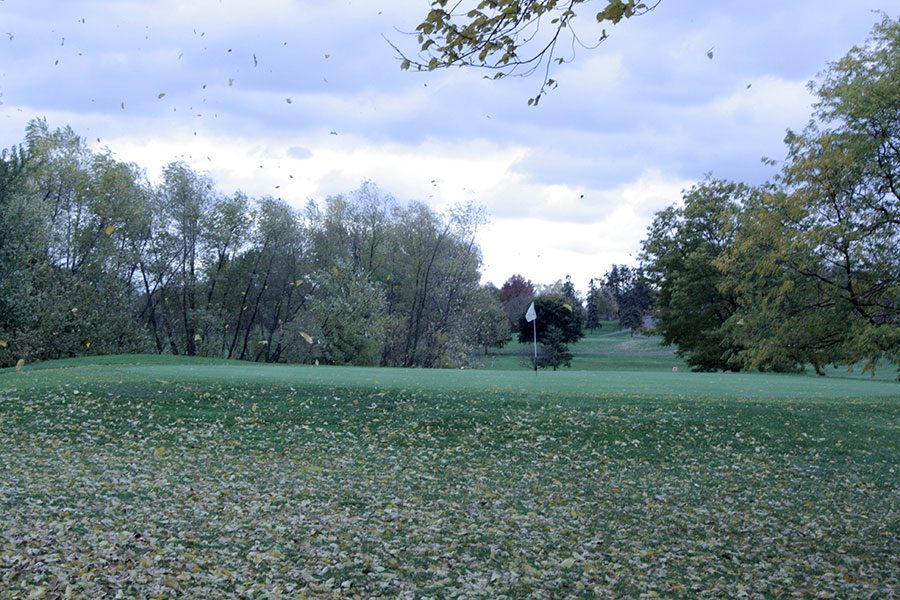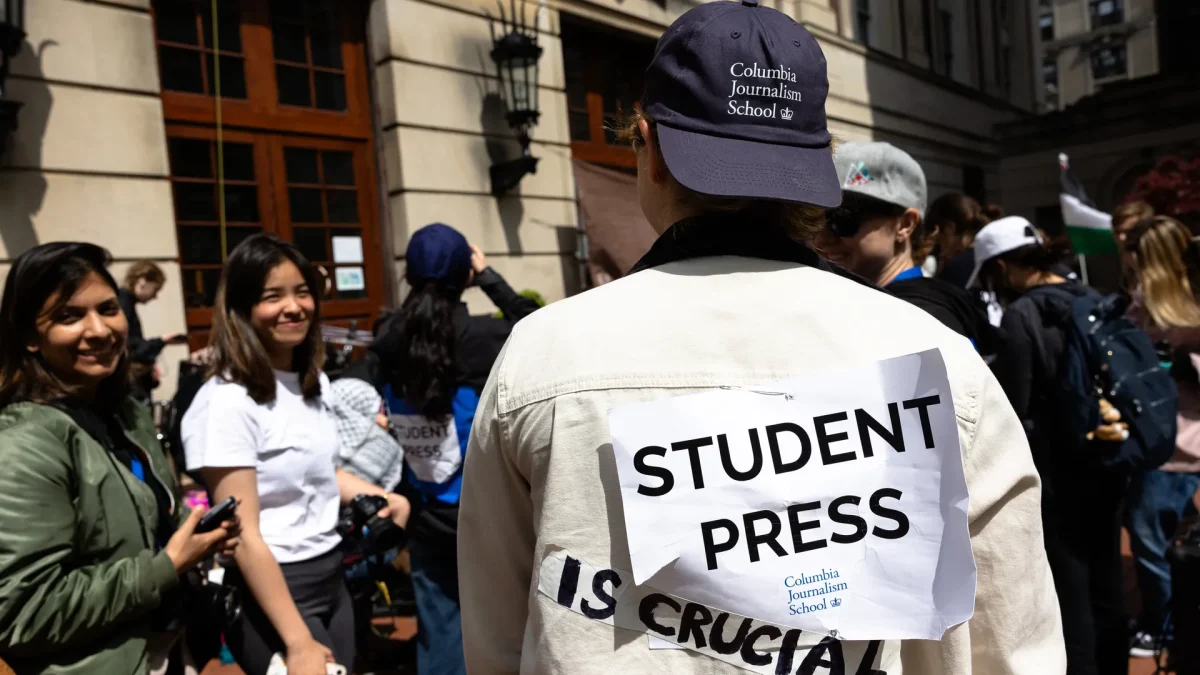Increased flooding threatens Hiawatha golf course’s purpose
Hiawatha provides a great place for new golfers to learn and is the only golf course in South Minneapolis. “It’s where you can teach,” says golf coach Carol Allery. Since it is so accessible, golfers from South, Washburn, Southwest, Minnehaha Academy, Roosevelt and two other schools practice there. But, the use of the Golf Course is being debated. Photo: Eli Shimanski
November 6, 2017
Hiawatha Golf Course is an integral part of South sports. Recently, its use has been under debate. “We practice at Hiawatha in the spring.. when it’s not flooded,” said golf coach and gym teacher Carol Allery. To keep the golf course from flooding, there has been an un-permitted amount of pumping going on. They pump water out of the golf course into Lake Hiawatha.
Hiawatha Golf Course is below the water level of Lake Hiawatha. This means that if not for pumping, the Golf Course would flood with spring melt and lake water. “Sixty-five percent of the golf course is in a floodplain and most of the low-lying land was once a wetland called Rice Lake,” said South Minneapolis community member and food forest advocate Ryan Seibold. The DNR gave the Park Board a permit to pump 38 million gallons of water out of the swampy area and put the water in the lake. They use a hose to suck the water from the swampy parts of the golf course into the lake
The the amount of water pumped to keep the golf course dry each year varies, but is around 242 million gallons, according to the Minneapolis Park Board. This violates the permit. The Park Board voted in August to close the course in 2019. This caused a lot of outcry in the Black golf community as many golfers see the closing of Hiawatha golf course “not only as a problem for South golf, but also Minneapolis golf,” said Allery.
In early October of this year the Park Board decided to keep the course open until they were able to find a compromise and new plan, rather than scraping the course before there was a new plan. There will be community meetings and workshops to create a new plan.
There are many different visions for the future of the park. Golfers would love for Hiawatha to stay a golf course. “Between the hours of three and 5 o’clock, it’s packed with seven different high school teams,” said Allery. It provides a great place for new golfers to learn and it is the only golf course in South Minneapolis. “It’s where you can teach,” says Allery. Since it is so accessible, golfers from South, Washburn, Southwest, Minnehaha Academy, Roosevelt and two other schools practice there. It was also one of the first golf courses to allow African Americans on it in Minnesota. There are very few urban golf courses in neighborhoods of color and Hiawatha provides accessibility to golf in these communities. The only way for there to be continued golfing in its current form would for pumping to remain at its current level. Other community members believe Hiawatha would be better put to other uses.
A petition by South Minneapolis community members is asking for Hiawatha Golf Course to be turned into a food forest. A food forest is a park with edible trees and shrubs that could be picked and eaten by all. Advocates see it as a “more nature-themed park [that] could become a lab for solving the hydrological issues (associated with continued pumping) and creating new social spaces around health of people and the environment.” A food forest does not need pumping to occur for it to happen. Some see that as a viable alternative to golfing. There would be walking paths and many fruit trees, benches and bushes. Some, though, see the food forest as a liability for the Park Board and unsafe with no way to guarantee if the food or soil would 100% clean. Also, it would not produce any income.
A third option would be a snowmaking ski area, in the model of Theodore Wirth Regional Park in North Minneapolis. Since the snow has been so unpredictable in recent years, a second snowmaking venue would provide more stability and less travel time in low snow winters. “Hiawatha is more convenient time wise [for south skiers],” says ski captain Anna Mulhern. In the context of reduced or ended pumping, this could happen in conjunction with a smaller golf course and/or a food forest. But, the capital investments and energy usage associated with snowmaking make that plan hard to execute.
There are many options for the future of Hiawatha Golf. Each has their drawbacks and benefits. But in the end, all hope that “Hiawatha continues to be a community resource,” as said by Allery.














